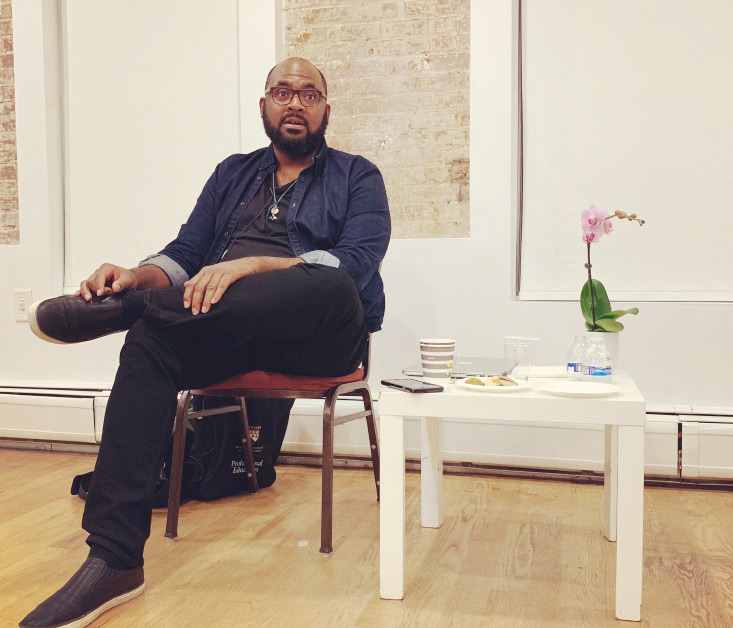
But to turn our attention back to something like anger, we begin to hold space for it and to experience it, that experience begins to teach us about the nature of emotion. For so much of our lives, we tend to be overreacting and running away from our emotional reality.
#Lama rod owens tonglen how to
Once we pay attention to the emotion, the emotion is actually trying to teach us how to be in relationship with it. One of those manifestations of the guru is through emotions. How the guru is manifesting in the phenomenal world. That’s rooted within the teachings around the manifestation of the guru. I wonder if you can expand on that a little bit. “My anger is like a living being I am in partnership with.” And then a couple of pages later you say, “Loving our anger invites it into a transformative space where it emerges as the teacher.” That’s so profound. If there is no container of love then that rage actually becomes an expression of violence. Love is the container that holds everything. It’s more about how love is holding the space for our rage to be there. So, when I talk about this conversation between love and rage, it’s not a fight. Like not “Rage and Love,” but “Love and Rage.” Was that intentional? When you placed “Love and Rage” in that order, was that intentional? The title of the book itself, I was curious about that. It’s very fascinating to actually look into those things, and I’m really excited for this project that you are undertaking. I am reminded of, for instance, the whole myth or idea of how Buddhism was propagated by Padmasambhava, and him having to clash with nagas and deities. I always find it beautiful how there are these patterns of elemental rituals that’s consistent across hemispheres, cultures and Indigenous communities. When Kundun makes his trip to North America, he always makes it a point to also have representatives or emissaries from the local First Nations or the Native communities to meet with them and speak with them.

He respected Native American gods and spirits. For me, that was just the way he recognized the validity of this community of people. He was saying, “Native Americans were so strong that they survived genocide.” It really struck me when he said that. I remember years ago, Rinpoche was talking about the magic of Native Americans. I wanna understand how I can synthesize that even more so that it’s more authentic for me. It’s so related to tantra and Vajrayana in Tibetan Buddhism. Hoodoo derives from the practice of Africans coming on to the West, meeting Christianity, and developing the system of philosophy, ritual magic and so forth. As an American Black person, my Indigenous spiritual practice is hoodoo. I think “Love and Rage” was a good beginning step to demonstrate how I am transitioning into this space. For me, again, it’s a synthesis of what’s being created. This is work that I hope to present in the next couple of years-me connecting more to my African as well as Native American ancestry, and putting all of that in conversation with Tibetan Buddhism. Yeah, that’s part of my Indigenous work right now. You have a chapter towards the end of where you speak about the loss of magic.


 0 kommentar(er)
0 kommentar(er)
